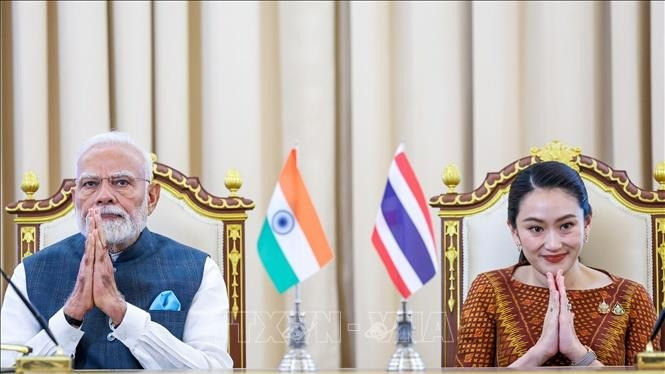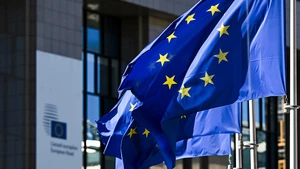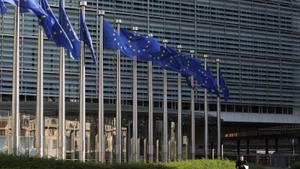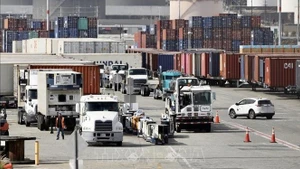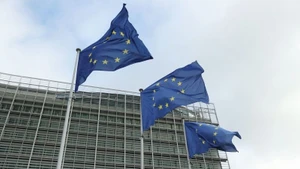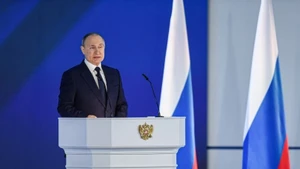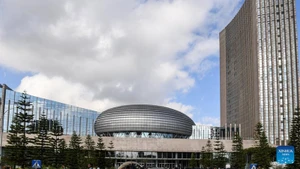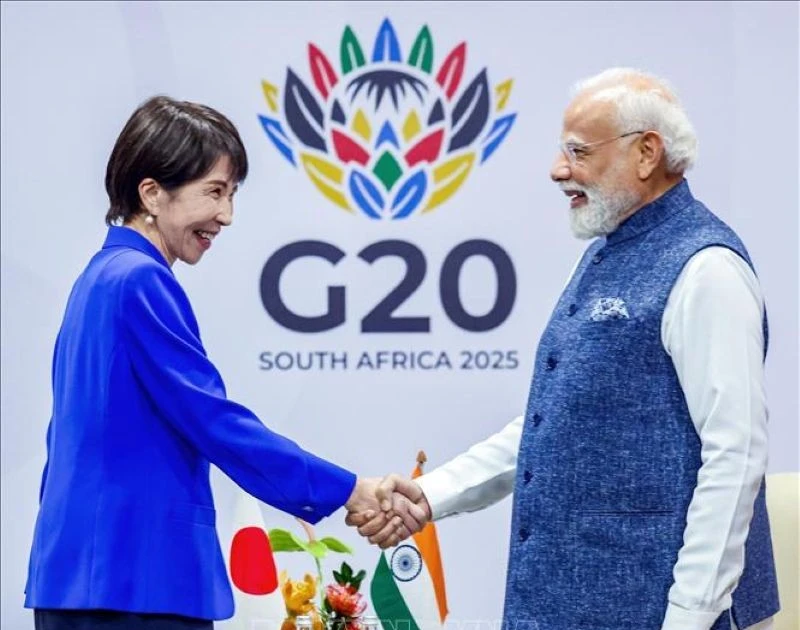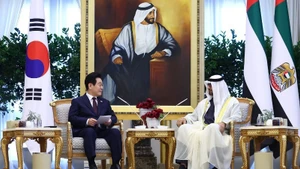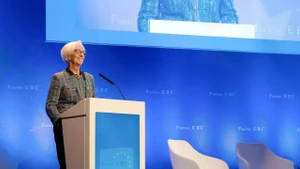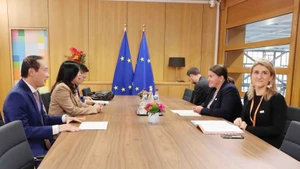India and Thailand have officially upgraded their bilateral relations to a strategic partnership and agreed to accelerate infrastructure projects aimed at connecting India with Southeast Asian, such as the East-West Economic Corridor.
These milestones were highlights of Prime Minister Modi’s recent visit to Thailand — the first official visit by an Indian leader to the country in 12 years. The agreements not only strengthen India’s ties with Bangkok, its fourth-largest trading partner in ASEAN, but also represent concrete steps in advancing India’s Act East Policy and its Indo-Pacific vision.
In addition to Thailand, India has made notable economic diplomacy moves across various countries. During Prime Minister Modi’s visit to Sri Lanka in early April 2025, India and Sri Lanka signed a historic defence cooperation agreement, along with six other significant cooperation documents.
India’s outreach extends far beyond Asia. New Delhi recently announced the resumption of Free Trade Agreement (FTA) negotiations with New Zealand, upgraded ties with Mauritius to an enhanced strategic partnership, and signed eight key agreements, including one promoting bilateral trade in local currencies. At the same time, India is accelerating FTA talks with major economies such as the European Union, the United Kingdom, the United States, and the Eurasian Economic Union (EAEU).
Significantly, according to Ajay Srivastava, co-founder of the Global Trade Research Initiative (GTRI), India’s FTA expansion strategy has undergone a clear transformation. In the past, India focused on trade deals with eastern partners such as ASEAN, Japan, and the Republic of Korea. However, attention has recently shifted to Western partners, including the UK, EU, US, Switzerland, and Norway. Moreover, while earlier FTAs focused primarily on trade in goods and services, current agreements now encompass broader areas such as sustainable development, digital trade, intellectual property, labour, and government procurement.
These active steps clearly reflect India’s commitment to open trade. In a global context where protectionist trends are on the rise, strengthening economic links with partners serves as a crucial “anchor” to stabilise India’s economy against external shocks. Experts note that an expansive FTA network serves multiple purposes including opening new export opportunities, removing trade barriers, diversifying partnerships, and bolstering New Delhi’s international standing.
India’s open trade policy has been instrumental in enabling its rapid economic growth, helping the country maintain its position as one of the world’s fastest-growing major economies. According to the International Monetary Fund (IMF), India’s GDP has more than doubled in the past decade, from 2.1 trillion USD in 2015 to an estimated 4.3 trillion USD by the end of this year. With projected GDP growth of 6.5% in 2025, the IMF has assessed India’s economy as expanding strongly and steadily. Notably, per capita GDP — an indicator of improved living standards — is estimated to have reached 11,940 USD, more than double the figure a decade ago.
As the global economy continues to face unpredictable fluctuations, building a broad and sustainable network of economic cooperation is both a timely and necessary move. For India, this not only drives long-term sustainable growth but also enhances New Delhi’s global influence.
